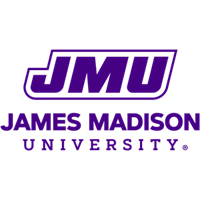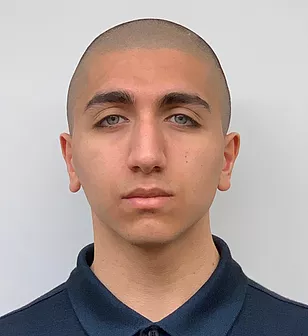Below is a summary of the abstract you submitted. Presenting author(s) is shown in bold.
If any changes need to be made, you can modify the abstract or change the authors.
You can also download a .docx version of this abstract.
If there are any problems, please email Dan at dar78@pitt.edu and he'll take care of them!
This abstract was last modified on May 2, 2019 at 11:47 p.m..

With the advent of antibiotic resistance, alternative methods of treatment, such as phage therapy, are being investigated in order to lessen global dependence on antibiotics. The discovery of novel bacteriophages is imperative to designing efficacious phage treatments. Undergraduates involved in JMU’s Viral Discovery courses propagated phages on Pseudomonas putida, a gram negative aerobic soil bacterium involved in industrial production and bioremediation. P. putida serves as a harmless surrogate for P. aeruginosa, a significant pathogen of patients with cystic fibrosis and immunocompromised burn victims. P. aeruginosa is known to be highly resistant to multiple classes of antibiotics and thus is an ideal target for phage therapy. Zuri, a siphovirus, was isolated on P. putida from garden soil collected in Harrisonburg, VA.
Early in the semester, we discovered that a bacterium similar in morphology and color to P. putida was lurking as a “contaminant” in our bacterial cultures. After isolating a pure culture and performing 16s r-DNA sequencing, we identified this bacterium as an uncharacterized species of Microbacterium and tentatively designated it M. ISAT203. Microbacterium is a gram positive aerobic soil bacterium, commonly used in commercial cheese production, that causes infections in plants and rarely in humans. We isolated several phages on the Microbacterium host, and Phage IamGroot, found in garden soil from Damascus, MD, was chosen for genome sequencing and analysis. Isolation and purification of the bacteriophages was performed according to standard SEA-PHAGES protocols; however, a simplified alternative DNA purification procedure was implemented. Phages were sequenced at North Carolina State University Genomic Sciences Laboratory (Zuri) and the Pittsburgh Bacteriophage Institute (IamGroot). The ~1 million raw data reads were randomly cut to 125,000 reads, then assembled using Newbler into a single contig for each phage, with >50x coverage. Sequence analysis and annotation were performed according to SEA-PHAGES methodology, and Phage Term (Galaxy) was used to confirm the ends and DNA packaging method.
Zuri is a terminally redundant and circularly permuted phage containing a 75,853 base pair (bp) genome with a 53.5% GC content. One hundred protein coding genes and 3 tRNA genes were predicted. Using BLAST, Zuri was found to be distantly related to Pseudomonas phages Inbricus and phiAxp-3 (~30% coverage). IamGroot has a 45,625 bp genome containing 74 protein coding genes with a 70% GC content. Fixed ends are predicted with 457 bp direct repeats and an 11 bp 3’ overhang. IamGroot is somewhat related to Microbacterium phages Percival and Floof (65% coverage). There is an unusual 300 bp gap in IamGroot, but the region lacks any obvious coding potential. Both phages are temperate, given the presence of recombinase and other related genes.

